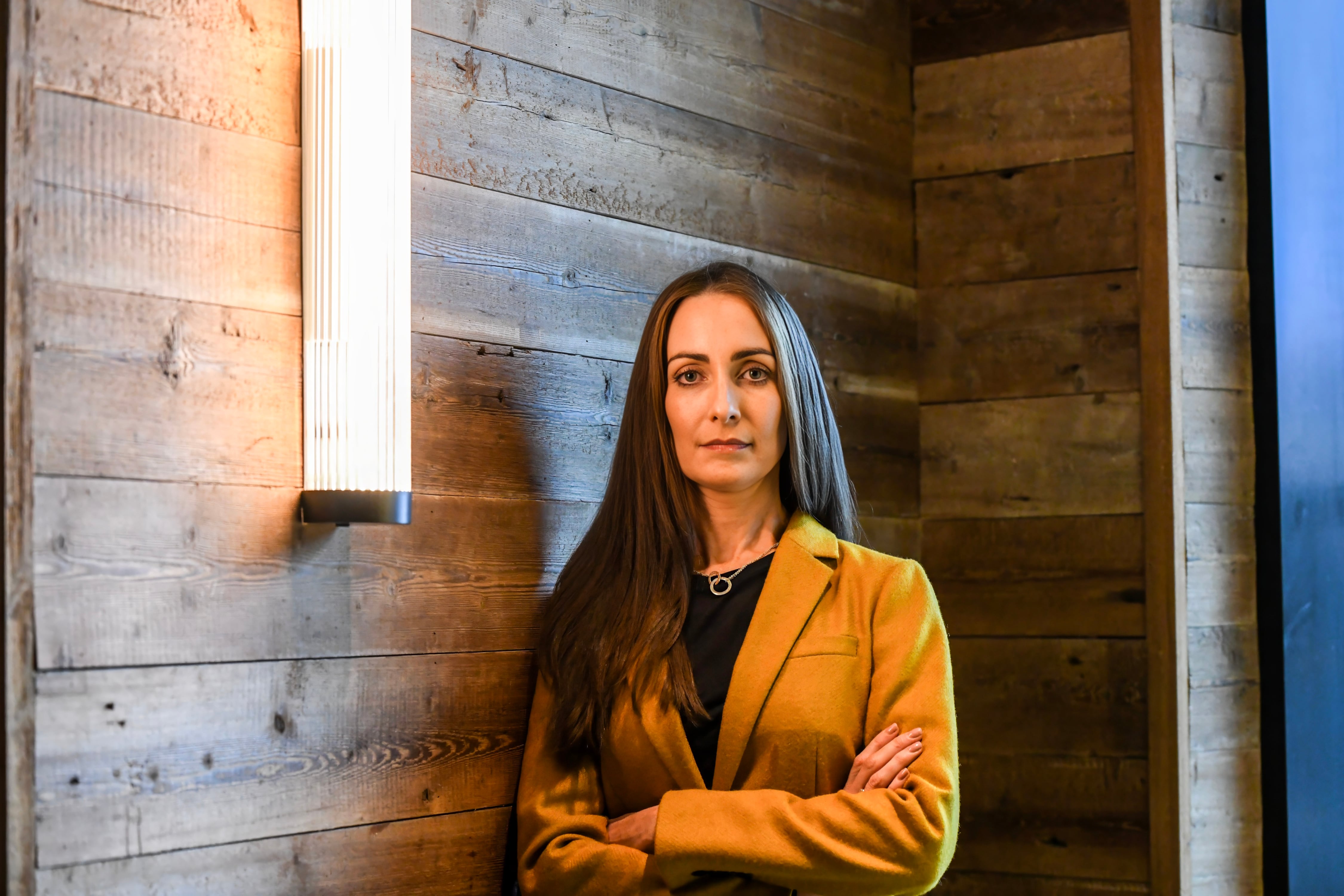Artificial intelligence is making swift inroads into the creative industries. Though the technology remains imperfect, its capacity to generate text, images, music and even film is improving rapidly. For some, this offers new tools. For others, it threatens the integrity and livelihood of creative work.
Artists have long adapted to technological change, from the printing press to digital media, but AI’s ability to replicate the human touch raises new concerns.
Tom Martin, a freelance US illustrator who has worked for clients including Hasbro, welcomes digital tools that support his work.
“Switching to digital gave me a leap forward in skill. Tools like stabilisation smoothed out my lines and gave me more control,” he says. But he draws a clear line at generative AI. “There’s a difference between the AI that helps you and the AI that replaces you,” he says. “The latter scrapes artists’ work and reproduces it without consent. That’s not fair.”
READ MORE
Martin is not anti-technology. “I absolutely love never having to buy art supplies again,” he says. “For years I’d pass my old art store and feel relief – no more paper, no more ink. Digital tools freed me. What I resist is tech that takes, not helps. Artists should be supported, not scraped.”
He credits software with enhancing his output. But he is wary of systems that mimic human creativity without transparency or attribution. “It’s like replacing the artist, not enabling them,” he says.
Wicklow-based painter Conor Walton offers a similar view. “Artists can’t be protected from AI,” he says. “Some will adapt and thrive. But most will find it harder to stand out amid the flood of AI-generated images.” Still, he believes originality and individual voice will remain valuable.

The commercial sector has already embraced the technology. Dylan Cotter, managing director at ACNE, a Deloitte company, describes it as transformative. “We’re producing podcasts without scripts, building visual campaigns at a fraction of the cost and making films that would be impossible to shoot conventionally,” he says. “The result is faster, cheaper content.”
Cotter acknowledges the impact on workers. “For creatives, these advances spark both excitement and anxiety.” His position is pragmatic. “AI won’t replace creatives. It will replace creatives who don’t use AI,” he says. “But human insight still matters. That last 10 per cent – tone, humour, originality – is what makes work stand out.”
Stephen Redmond, director and head of data analytics and AI at BearingPoint, sees a similar balance. “AI can help realise an artist’s ideas or offer useful alternatives, but it cannot originate vision,” he says.

Redmond recently worked with an AI-generated short film developed by DeepMind. “It was interesting, but it still relied on human direction. Actors and story structure remain critical.”
He is cautious about overestimating AI’s capabilities. “It can produce something adequate. But real storytelling still needs a human voice.” That said, he sees potential in expanding access. “AI can support creators who might otherwise lack resources. Used correctly, it can widen participation.”
Redmond sees potential in small, specialised AI models tailored to creative needs. “The best results come when you already know what you’re aiming for,” he says. “AI can support ideation, but storytelling still needs a soul. Artists bring meaning, machines just generate possibilities. That distinction matters.”
Alessia Paccagnini, associate professor at UCD’s Smurfit Business School, takes a policy-driven view.

“AI is a powerful tool for experimentation and amplification,” she says. “But artists’ rights must be protected. Consent, attribution and transparency are essential.” She sees AI not as a replacement for creativity but as a partner, if used ethically.
That partnership is key. Just as photography eventually freed painters from realism, AI could push creativity into new spaces. Artists are already experimenting with AI in collaborative installations, generative music and digital publishing. But the rules are still being written.
The technology will not undo the creative process, but it is reshaping how work is made, shared and valued. Whether that shift supports or undermines artists will depend on how the tools are governed and adopted.
“To work well, creativity needs a shot of humanity,” says Cotter, “Curious, unsatisfied, imaginative, disobedient humans who make it that bit better.”















